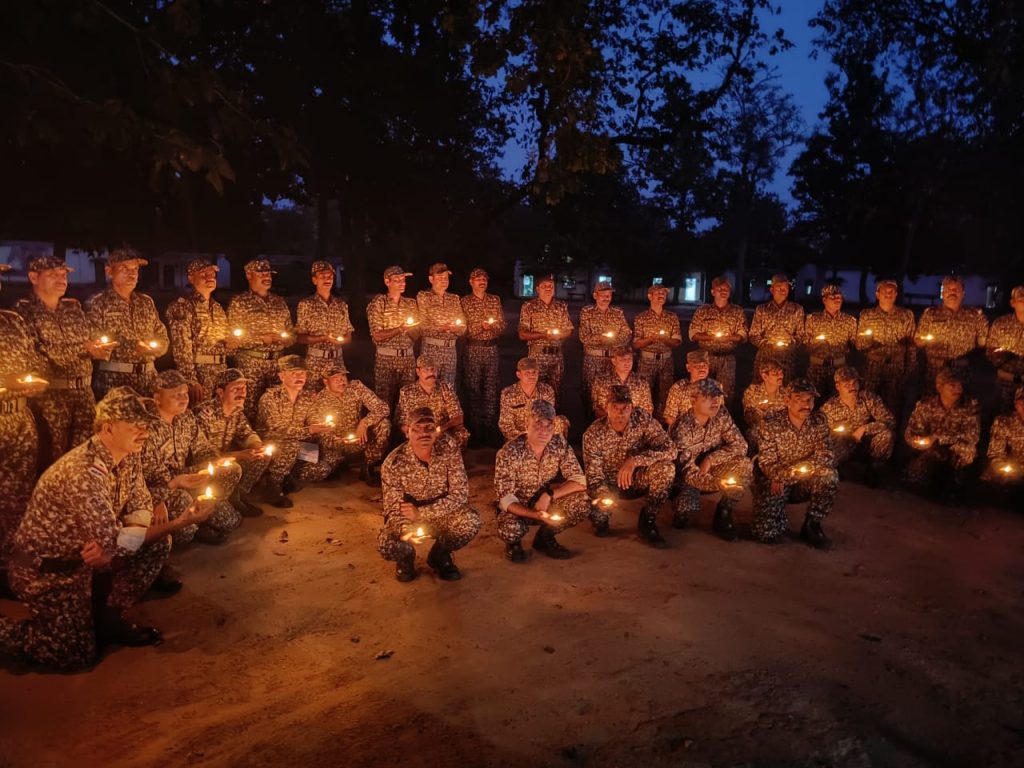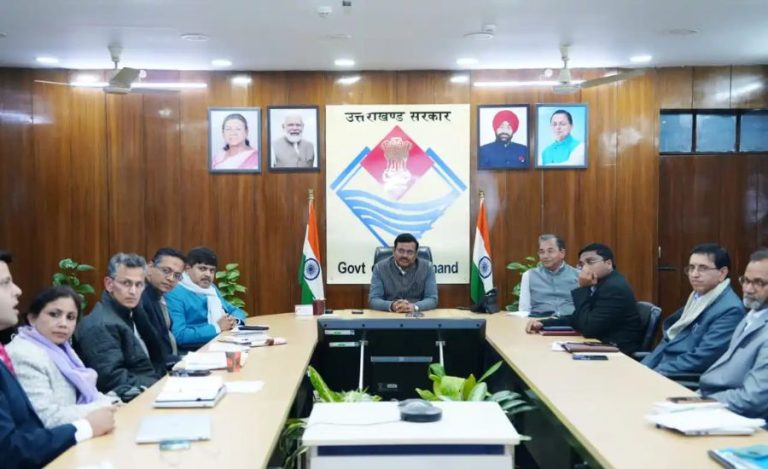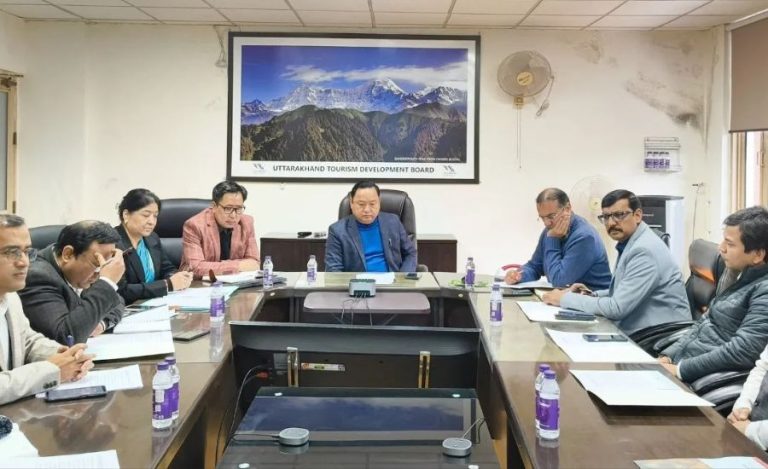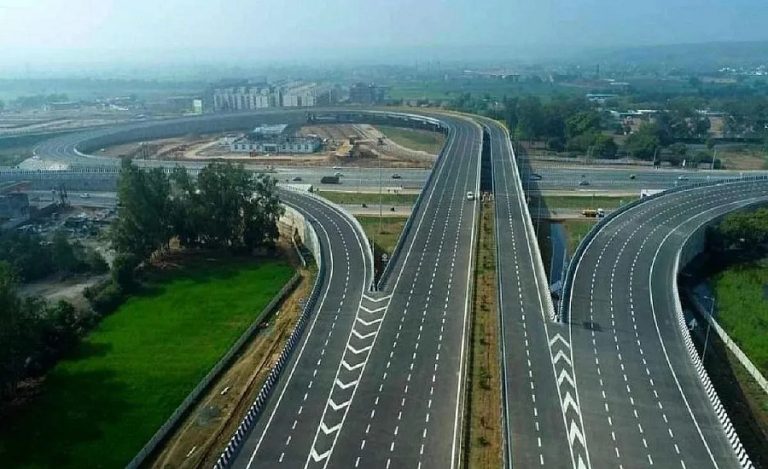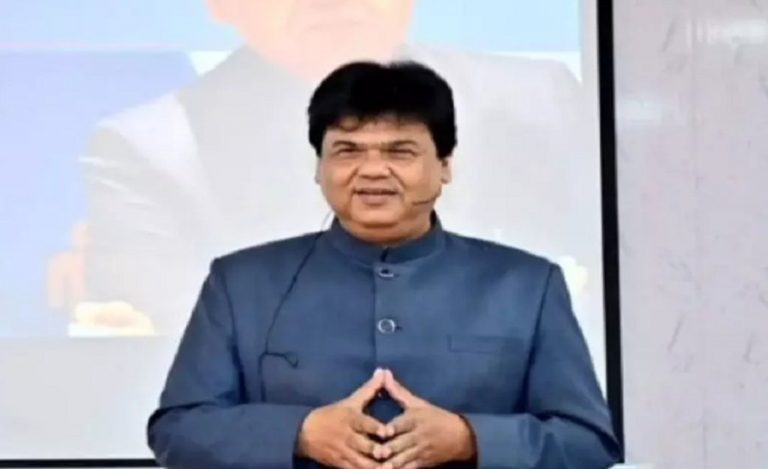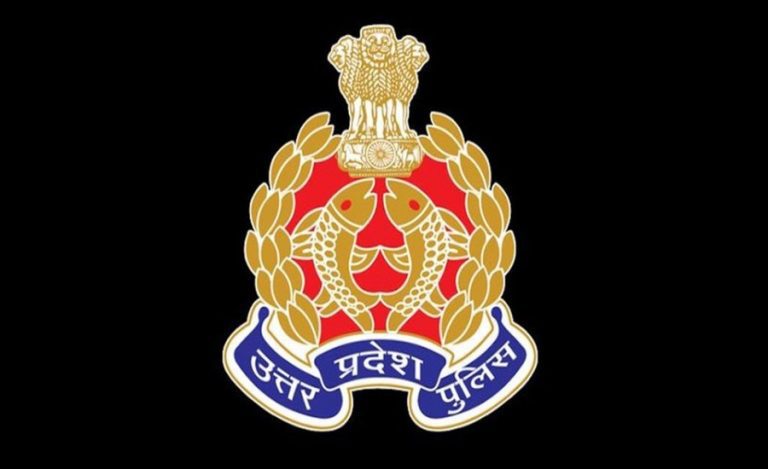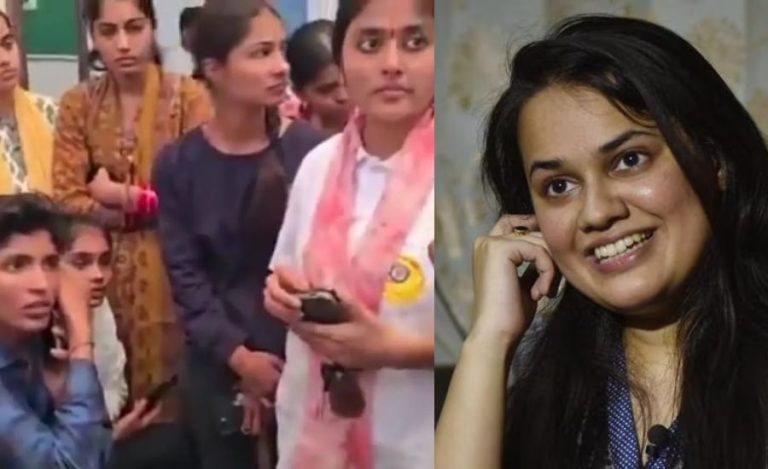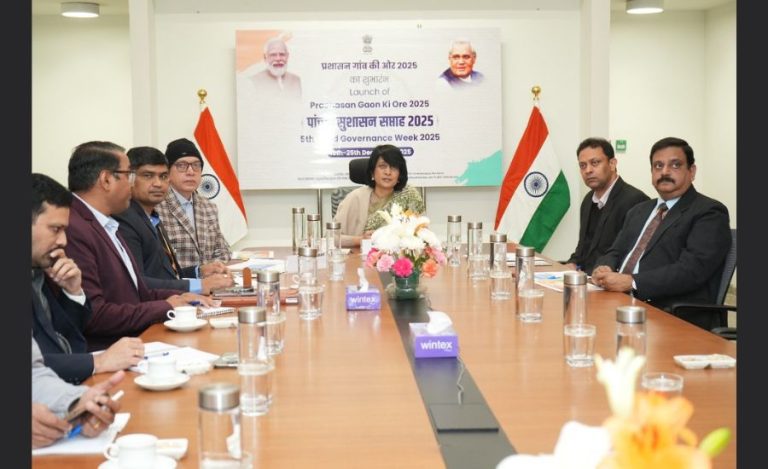New Delhi: Every year, the festive glow of Diwali lights up homes across India. Yet behind the shimmer lies a pressing challenge: air pollution, waste generation and unsustainable practices.
In a timely move, the WWF-India EIACP Programme Centre – backed by the Ministry of Environment, Forest & Climate Change – has launched a dedicated “Green Diwali” campaign under the Mission LiFE banner to steer the festival towards cleaner, greener celebrations.
Three key facts set the stage:
- The Centre has already engaged over 200,000 citizens in Delhi through its flagship “Breath of Change – Clean Air, Blue Skies” initiative across 25 awareness programmes.
- A striking art installation titled “Breathable Art” was unveiled in Rohini this year, symbolising community-led efforts for clean air.
- The campaign aligns directly with two major global sustainable targets: SDG 12 (Responsible Consumption and Production) and SDG 13 (Climate Action).
Importance of the “Green Diwali”
Diwali celebrations often drive elevated levels of particulate matter in the air, generate large volumes of waste (especially plastics and non-bio decorations) and use excessive energy.
The campaign aims to invert that trend — turning festive joy into a catalyst for environmental responsibility.
What the Campaign Encourages You To Do
The initiative outlines simple, actionable steps to mark a festive shift:
- Replace plastic décor with biodegradable or up-cycled materials.
- Ring in the celebrations with a rangoli made of natural ingredients like rice flour, flower petals and turmeric instead of chemical-filled colours.
- Choose energy-efficient options: LED lights, solar lanterns or the timeless diya to save electricity and reduce carbon impact.
- Support locally made gifts and sustainable products — reducing the carbon footprint and boosting local livelihoods.
- Avoid single-use plastics and minimise festive waste from fireworks, packaging and décor.
The Bigger Picture: Community + Climate
This isn’t just about one festival. By embedding sustainable practices into cultural rituals, the campaign fosters a long-term mindset shift.
The “Breathable Art” installation is especially powerful: it stands not just as a visual landmark but as a communal rallying point for cleaner air. Over 200,000 people in Delhi already engaged indicate that this could scale far beyond one city.
What You, the Reader, Can Do
Take a pledge: Go for “clean, green and plastic-free Diwali.”
Share the message: Encourage friends and family to join the campaign mindset.
Make conscious purchase choices: Locally sourced, recyclable décor, fewer fireworks, cleaner choices.
Document and share: Post your eco-Diwali choices on social media using #GreenDiwali #MissionLiFE to inspire others.
Final Word
This year’s Diwali can be different — brighter, more meaningful, cleaner. With the WWF-India EIACP Programme Centre and the Ministry of Environment at the helm, the Green Diwali campaign is an invitation to all Indian households: Let’s light up homes and hearts — but leave behind a lighter footprint. Celebrate with the environment, not at its expense.

